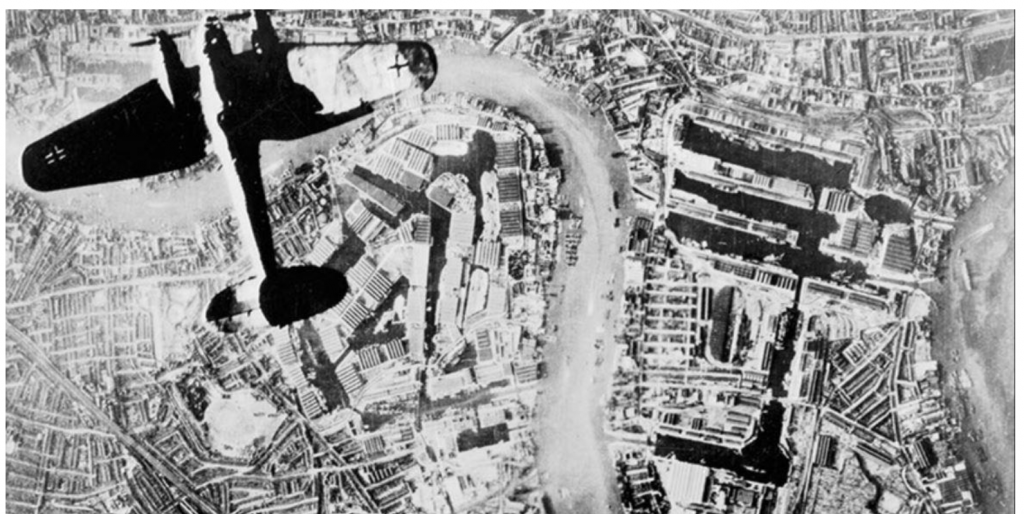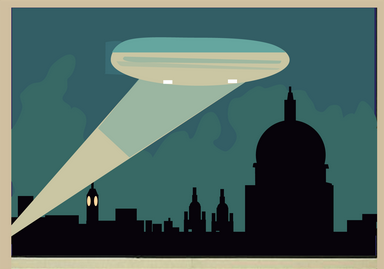
On September 15th 1940 Ray Holmes, World War 2 RAF Pilot, flying a Hurricane, took on three Luftwaffe Bombers over Central London. He shot one down, chased another off and engaged the third which seemed to be heading for Buckingham Palace. Between the 8th and 13th of September 1940, the Palace had been hit 5 times. The London Blitz had only ‘begun’ on September 7th though the first raid on the City of London was on the 25th August on Fore Street.
Holmes, by now had ran out of bullets, but deliberately targeted the fin of the Dornier bomber, and crashed into it causing the bomber to spiral down into Victoria Station. Holmes’ hurricane, spiralled down out of control, but he was able to bail out and landed in a dustbin, much to the bemusement of the locals. Holmes died aged 90 in 2005.
This post is heavily based on the story below, which is told in full detail.
https://www.mylondon.news/news/nostalgia/battle-britain-fighter-pilot-who-19963243
Al;so on September 26th – The Mayflower sails from Plymouth, finally getting away from the Old World for the New World. 1620

